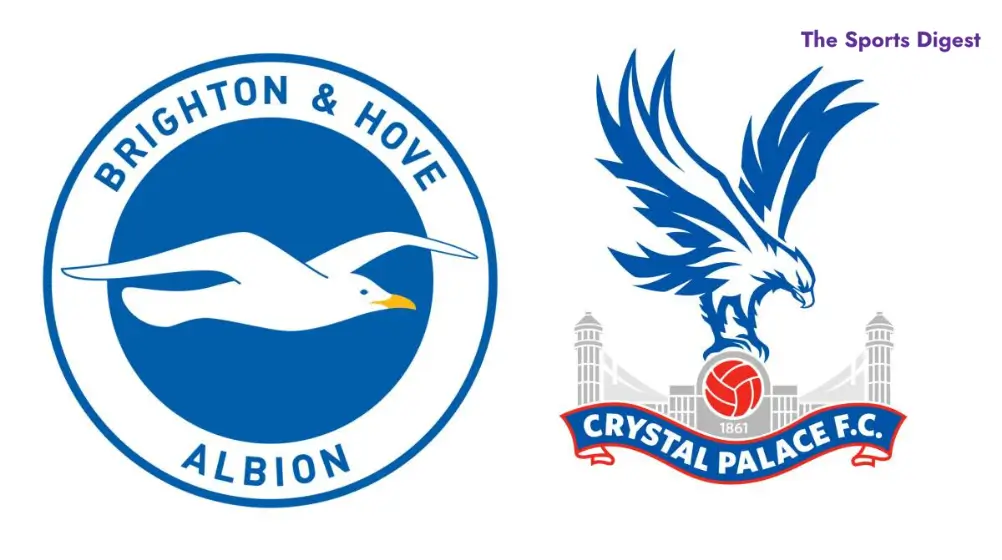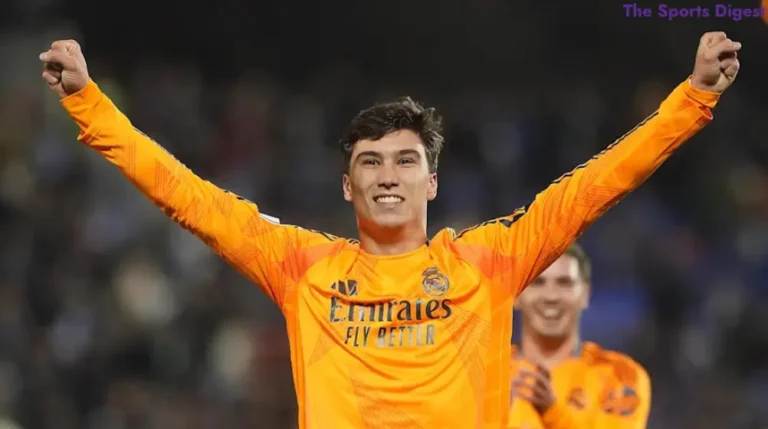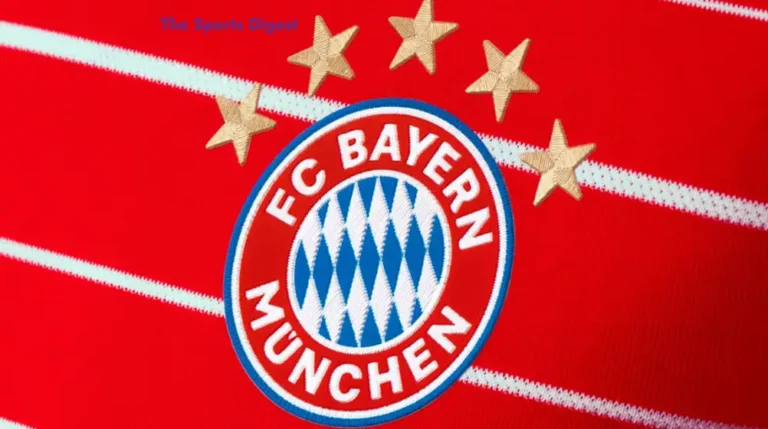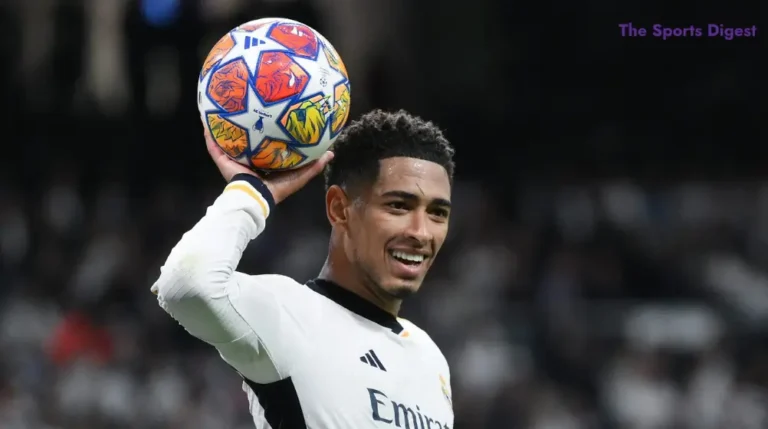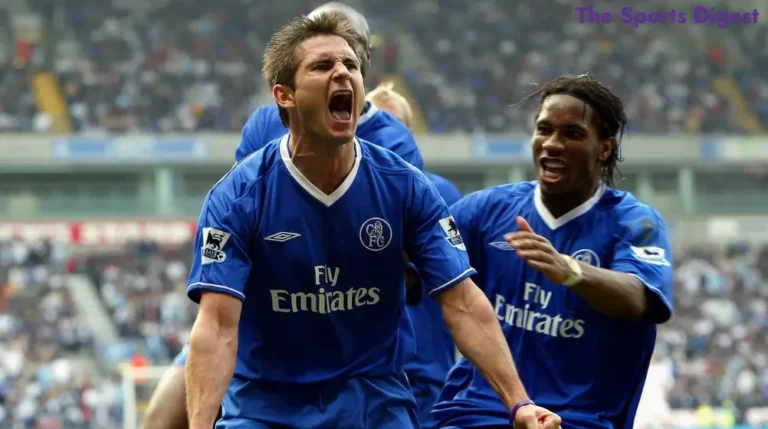The Extraordinary History: Palace vs Brighton
The Extraordinary History of Croydon: When David Bowie sang about Croydon in his early years, his tone wasn’t exactly complimentary. While many look back at their hometowns through rose-tinted glasses, Bowie’s view of this South London suburb was considerably darker. And for good reason – by the 1970s and 80s, Croydon had transformed into what many considered a concrete monstrosity.
After London implemented its skyscraper ban, developers flocked to Croydon, erecting brutalist structures like the Whitgift Centre that dominated the landscape. For residents growing up in this increasingly urbanized environment, the search for an escape became almost instinctual.
That escape came in the form of the A23 – affectionately known as the “Brighton Road” – a 39-mile stretch leading from the concrete jungle straight to the refreshing sea breeze of Brighton. With its Victorian architecture, pebble beaches, and bohemian atmosphere, Brighton offered everything Croydon lacked: character, history, and natural beauty.
Yet despite the stark contrast between these locations, something unexpected happened. A fierce football rivalry emerged between Crystal Palace and Brighton & Hove Albion – two clubs separated by this 39-mile stretch of asphalt.
The rivalry seems puzzling at first glance. Both clubs have geographically closer neighbors: Palace has Charlton and Millwall just a few miles away, while Brighton has Portsmouth and Southampton down the coast. So why did these two clubs, neither particularly successful in their history, develop such intense animosity?
Table of Contents
The Extraordinary History: The Initial Sparks of the 1960s and 1970s
The origins of this unlikely feud are as unique as the rivalry itself. Unlike traditional derbies born from proximity, this one sparked from a strained relationship between two former Tottenham teammates: Alan Mullery and Terry Venables.
When Crystal Palace and Brighton first met in the third tier during the 1974/75 season, tensions were already brewing. Brighton was under the guidance of the legendary partnership of Brian Clough and Peter Taylor, while Palace had the flamboyant Malcolm Allison at the helm. These contrasting approaches to management only added fuel to what would become an increasingly heated relationship.
The earliest meetings quickly turned sour. At Brighton’s Goldstone Ground, violence erupted between fans, setting a troubling precedent. The following season saw both clubs competing fiercely for promotion, with Palace claiming victory at Selhurst Park in a particularly tense encounter.
It was during this period that Malcolm Allison made a decision that would inadvertently fan the flames even further. He changed Crystal Palace’s nickname to “The Eagles,” abandoning their previous identity as “The Glaziers.” Brighton, originally known as “The Dolphins,” saw their fans respond in 1976 by adopting “The Seagulls” – a deliberate counter to Palace’s avian rebrand while cleverly referencing their coastal location.
Fan animosity escalated rapidly. Palace supporters began bringing smoke bombs to fixtures, creating a hostile atmosphere that reflected the growing bitterness between the clubs.
The Extraordinary History: Mullery vs. Venables Era
In 1976, the rivalry entered its defining chapter when Alan Mullery took charge at Brighton while Terry Venables assumed control at Crystal Palace. The personal tension between these former teammates elevated what had been a simmering dislike into something far more intense.
Matches became increasingly disrupted by smoke bombs and hostile chanting, but nothing compared to what unfolded during an FA Cup first-round tie. After the initial match and first replay ended in draws, the teams met at Chelsea’s Stamford Bridge for a decisive encounter.
What transpired that night would cement the rivalry for decades. Brighton appeared to score through Peter Ward, but the goal was disallowed for handball – though Palace defender Jim Cannon seemed to have caused the infraction. Later, Brighton were awarded a penalty, which they converted, only for the referee to order a retake due to encroachment. Palace goalkeeper Paul Hammond saved the second attempt, sending his team through.
The aftermath was explosive. A furious Mullery had to be escorted from the pitch after having hot coffee poured on him. As he left, he made a V-sign gesture toward the Palace supporters – an image that would become iconic in the rivalry’s lore.
Despite the bitterness, both clubs achieved promotion to Division Two that season. The 1978/79 campaign saw them rise again together, with Palace narrowly beating Brighton to the title and securing passage to the top division. The journey these two clubs shared, competing neck-and-neck up the football pyramid, solidified what was now unofficially known as the “A23 derby.”
The Extraordinary History: Noteworthy Encounters & Rivalry
The rivalry continued to produce infamous moments throughout the following decades. Perhaps most bizarre was Mullery’s unpopular stint as Crystal Palace manager – a move that shocked supporters of both clubs.
The intensity occasionally crossed into dangerous territory. In 1985, Brighton’s Gerry Ryan suffered a career-ending injury during a particularly physical encounter. Four years later, a truly extraordinary match at Selhurst Park saw referee Kelvin Morton award five penalties – including three in just three minutes. Palace won 2-1 and secured promotion.
A Period of Dormancy and the Dramatic Resurgence
For 21 years, the rivalry faded somewhat as Brighton struggled in the lower leagues, facing financial difficulties and nearly losing their club altogether. Palace fans maintained their dislike for the Seagulls, but without regular meetings, the intensity diminished.
All that changed dramatically in the 2012/13 Championship playoff semi-final. The stakes couldn’t have been higher – a shot at the Premier League and the financial windfall that comes with it.
Before the second leg at Brighton’s Amex Stadium, the infamous “Poo-gate” incident occurred. Palace players discovered excrement in their changing room – an act initially blamed on Brighton supporters, though alternative explanations later emerged suggesting it might have been an unfortunate plumbing issue.
Palace won the tie and eventually secured promotion, while Brighton manager Gus Poyet was suspended by his club in the aftermath of their defeat.
The Extraordinary History: Modern Rivalry & Respect
The renewed rivalry has produced several memorable encounters since both clubs established themselves in the Premier League. A particularly spicy 2018 match featured a controversial penalty for Glenn Murray, a disallowed Brighton penalty, accusations of play-acting, an on-field melee, and even a headbutt. Brighton emerged 3-1 victors.
Recent fixtures have often delivered late drama, maintaining the fierce competitive edge that characterizes this unusual derby. Yet beneath the animosity lies a foundation of mutual respect, evidenced by the annual Robert Eaton Memorial match between supporters – a kind of “Christmas Day truce” in this otherwise bitter football war.
The Extraordinary History: The Legacy of an Unconventional Derby
What began in the mid-1970s thanks to managerial personalities and promotion battles has evolved into a rivalry that transcends generations. Despite not being a traditional derby in the geographical sense, fixtures between Crystal Palace and Brighton have become the most anticipated league games of the season for both sets of supporters.
Parents who witnessed the smoke bombs of the 70s have passed down their passionate dislike to children who continue the tradition today. The Crystal Palace-Brighton rivalry stands as proof that in football, meaningful antagonism isn’t always about proximity – sometimes it’s about shared history, parallel journeys, and the characters who infuse the game with personality.
Thirty-nine miles may separate Selhurst Park from the Amex Stadium, but when these teams meet, the distance seems to vanish – replaced by an intensity born from nearly five decades of memorable confrontations along the A23.
Have you ever read an article like this?
There are no reviews yet. Be the first one to write one.
